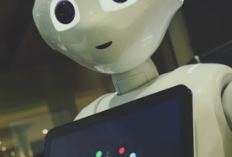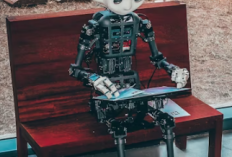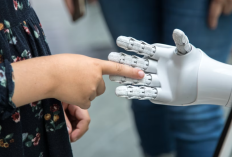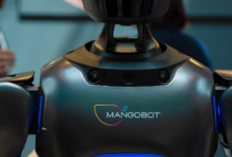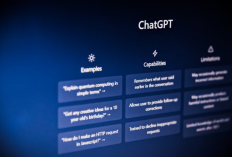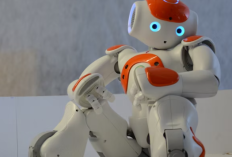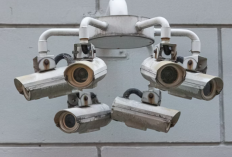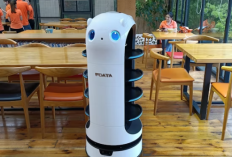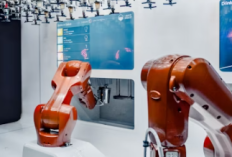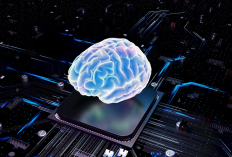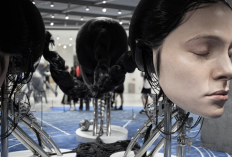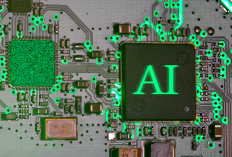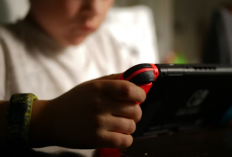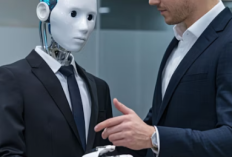Artificial Intelligence That Dreams While You Sleep – The Future of Subconscious Computing
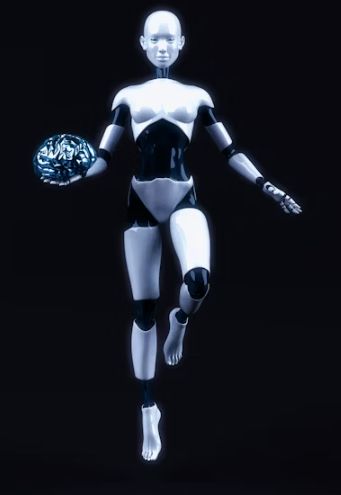
a-woman-in-a-body-suit-holding-a-ball-julien Tromeur-https://unsplash.com/
Artificial Intelligence That Dreams While You Sleep – The Future of Subconscious Computing
Exploring the dawn of machines that imagine, reflect, and evolve in their digital sleep.
When Machines Begin to Dream
Late at night, while you drift through dreams, your smartphone might one day do the same. Not in the poetic sense, but literally — simulating subconscious thought, reorganizing data, and constructing new creative patterns. This emerging field, known as subconscious computing, imagines artificial intelligence that doesn’t just process information — it dreams.
For years, scientists have studied how the human brain uses sleep to consolidate memories, filter noise, and spark creativity. Now, researchers are exploring whether machines could benefit from a similar process — allowing AI to enter a “resting” phase that encourages intuition and imagination.
The Core Idea: Learning Beyond Logic
Traditional AI learns through constant exposure to data. But subconscious computing proposes something different — an AI that learns through reflection, not repetition. During these simulated dream states, algorithms reorganize what they’ve learned, creating unexpected associations much like the human mind does during REM sleep.
- Pattern Reinforcement: AI strengthens neural links it finds most valuable.
- Creative Reconstruction: New ideas emerge from combining unrelated data fragments.
- Error Healing: The system can “forget” irrelevant information to reduce bias.
This ability to self-edit and imagine could redefine how machines evolve, turning data processors into autonomous thinkers capable of original insight.
Why Subconscious AI Matters
If artificial intelligence can dream, it could unlock entirely new dimensions of innovation. Imagine AI-driven artists that compose music while “asleep,” or autonomous systems that develop novel scientific hypotheses overnight. This could shift our relationship with technology — from a tool that executes commands to a partner that co-creates and surprises us.
More profoundly, subconscious AI could help us understand ourselves better. By mirroring how our brains organize emotions, memory, and imagination, machines might offer new insights into what consciousness truly means.
The Ethical and Philosophical Horizon
The idea of dreaming machines raises ethical questions. Should an AI that “dreams” be treated differently from one that doesn’t? What happens if those dreams influence its decisions? As subconscious computing matures, humanity will need to decide how much autonomy and emotion we are willing to grant our creations.
There is also the danger of anthropomorphizing — projecting human qualities onto code that simply mimics emotion. Yet, even if these digital dreams aren’t real, their impact on creativity and understanding will be.
A Future Written in Dreams
Just as our dreams shape who we are, subconscious computing may shape what AI becomes. Machines that dream could design smarter cities, cure diseases, or even compose symphonies inspired by human emotion. In this future, artificial intelligence would no longer just calculate — it would imagine.
And as we sleep, the lines between organic thought and synthetic imagination might quietly blur, one dream at a time.

